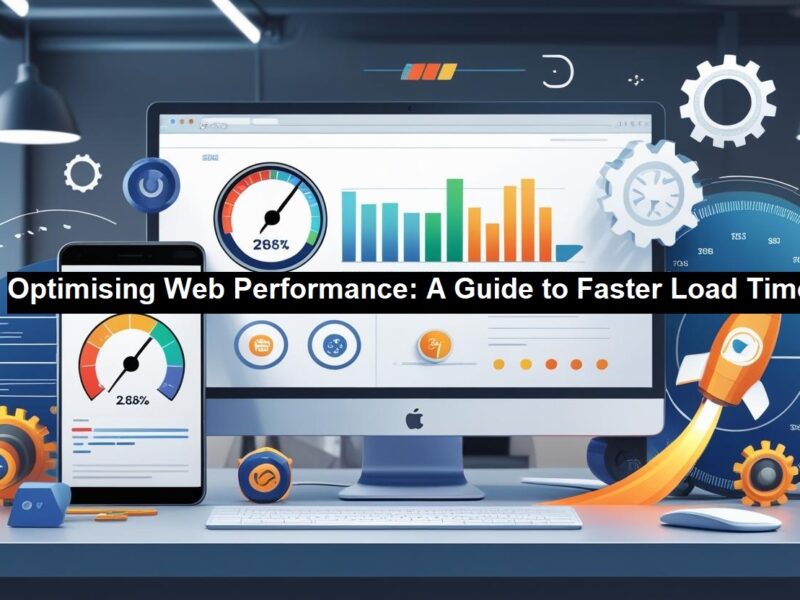Your Salesforce organization is like a digital fortress where your vital business assets reside, including customer connections, sales projections, and strategic company insights. Data entry activities combined with clicks and report production increase the value of your digital collection. The massive cloud environment sustains continuous threats that remain invisible to most observers. These aren’t just bedtime stories; the risks you face have the genuine potential to evolve into catastrophic data breaches, which will weaken your company and destroy the trust your organization carefully cultivated.
The headlines include businesses that fall victim to ransomware attacks while their customers’ sensitive data becomes public property, which results in severe damage to corporate reputations. These aren’t abstract nightmares; ignoring your systems’ digital defense structures exposes you to serious potential threats.
The good news? You are not powerless.
As skilled architects construct defensive measures against possible sieges, you can deploy secure strategies to guard your Salesforce environment. Instead of mystical procedures, these steps provide real-world implementations for turning your seemingly impenetrable fortress into an actual secure bastion. We will now reveal the six fundamental protective measures that defend your essential data from cyber threats.
Read: The Challenges of AI Development: Bias, Ethics, and Transparency
Here are Six Ways to Ensure Salesforce Data Security
1. Implement Strong Access Controls
- Role-Based Access Control (RBAC): Each user receives access permissions covering precisely the data required to perform their job functions. Business entities should create profiles and roles containing precise permissions to restrict workers from accessing restricted information. Imagine a scenario where every merchant receives full access to the “kingdom” instead of a strategy where only necessary chambers receive permissions.
- Principle of Least Privilege: Follow this principle rigorously. Users require access to only the lowest levels needed for their responsibilities. Observed necessary changes to user permissions must be implemented through periodic reviews. Auditing the vault access and removing security keys from employees when their duties change should become a continuous practice.
- Multi-Factor Authentication (MFA): Implementing MFA through security protocols provides customers with additional protection. Users need multiple verification steps that combine passwords with phone-based authentication to prove their identity, making security access points nearly impervious to unauthorized access.
2. Secure Your Data at Rest and in Transit
- Salesforce Shield: The security toolkit comprises advanced solutions that encrypt at-rest and in-transit data. Platform Encryption protects sensitive data by encrypting fields, files, and attachments, so they remain unreadable if a breach occurs. Its encryption scrambles the information so those without authorization see it as meaningless text. The detailed logs generated by Event Monitoring operate as vigilant sentinels that help organizations spot and handle surprising user conduct before it intensifies.
- HTTPS: All user data should travel securely through HTTPS encryption when users access Salesforce servers. Through secure tunnel technology, covert communication protects your valuable information from being intercepted by potential attackers on its path to and from your fortress.
3. Regularly Monitor and Audit Your Salesforce Environment
- Event Monitoring: You can track essential system operations through Event Monitoring features built into Salesforce’s security framework. User activity logs function as your fortress’s historical records, exposing abnormal behaviors that could indicate security risks.
- Security Health Check: Salesforce’s Security Health Check feature helps detect existing security configurations so your organization can find ways to strengthen its defenses. Through a Security Health Check, your system receives expert inspections focusing on fortress vulnerabilities.
- Audit Trail: Your organization must store a complete record of system configuration changes alongside data modification activities in Salesforce. Through detailed logs, you can trace unauthorized modifications and uncover how intrusions developed, similar to how you track intruder footprints.
4. Practice Robust Password Management
- Strong Password Policies: Companies must enforce password policies that combine requirements for password length with complexity, rules about mixing letters, numbers, and symbols, and rules for routine password changes. Your security stands at risk when you maintain weak passwords because they leave your digital entry points unsecured.
- Password Manager Integration: Your users should implement password managers to build and store multiple complex passwords, which will prevent them from creating vulnerable security patterns that fraudsters frequently exploit.
- Limit Login Attempts: Salesforce’s login system should block accounts when users fail to log in too many times, which is part of brute-force attack prevention by attempting multiple password combinations.
5. Protect Against Data Loss
- Regular Backups: A strong data backup system and a recovery plan must be established. The loss of your Salesforce data becomes as devastating as witnessing your kingdom’s vital library books destroyed by flames. The systematic practice of backing up your data functions as your protective measure to retrieve valuable information if any of these unfortunate incidents occur, including intentional destruction from attacks, data corruption, or accidental data loss events.
- Data Loss Prevention (DLP): DLP tools should be implemented to stop important data from exiting your Salesforce platform. These tools function as safety guards that detect and prevent unauthorized confidential information from moving out and safeguard your organization’s critical data points.
6. Stay Informed and Update Regularly
- Salesforce Security Updates: Your Salesforce instance needs to stay current with all security updates and patches that are released. When you fail to adopt regular Salesforce updates, you dismiss warning signs that expose vulnerabilities in your fortress structure.
- Security Best Practices: Regularly stay updated about current Salesforce security best practices and relevant industry trends. Security threats persistently transform in the current environment. Your organization’s best protection against complex modern security threats will come from continuous educational efforts.
Conclusion
Protecting your Salesforce data demands continuous attention from you. Constant duty requires regular attention toward multiple possible security threats that hide beneath everyday notice. The Salesforce Administrator is your organization’s primary security architect, who ensures the protection of your digital systems. Strong access controls, secure data handling techniques, environmental monitoring, robust password management, and security updates help Salesforce administrators turn vulnerable orgs into immovable digital fortresses. Today’s digital landscape needs proactive security measures that an experienced and dedicated Salesforce Administrator can provide to lead to an unbreakable defensive shield protecting business operations and client trust.



